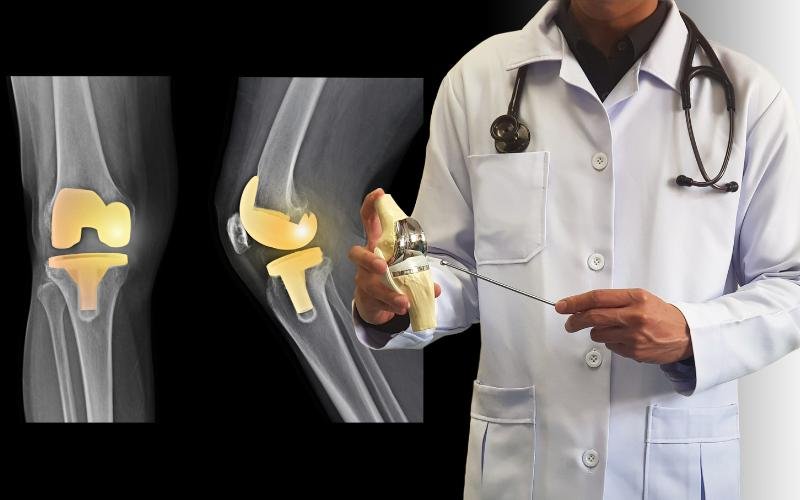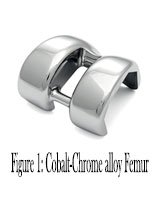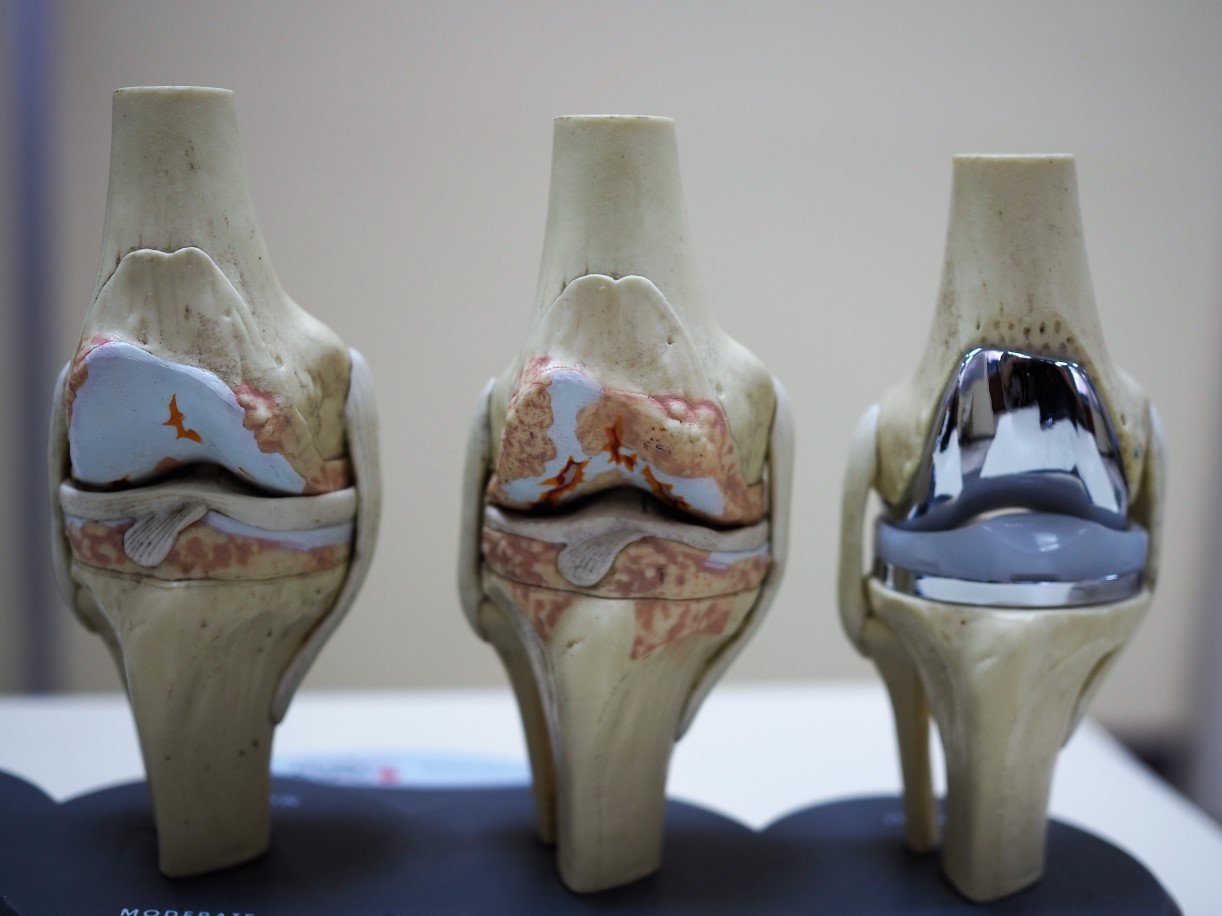Understanding the Menace of Bad Posture: A Guide by Dr. Aman Dua
In the fast-paced world we inhabit today, the prevalence of back pain, shoulder pain, and muscle stress has become increasingly common. Often overlooked, these discomforts can be attributed to a silent culprit: bad posture. As Director of Joint Replacement at Fortis Escorts Hospital, Dr. Aman Dua sheds light on the significance of maintaining good posture and its profound impact on overall health and well-being.
The Silent Agony of Bad Posture
Bad posture, characterized by the improper alignment of the body while sitting, standing, or lying down, can lead to a myriad of health issues. From back pain to shoulder stiffness and muscle stress, the consequences of poor posture extend far beyond mere physical discomfort. Dr. Aman Dua emphasizes that neglecting proper posture can result in chronic pain, reduced mobility, and even long-term spinal abnormalities.
Understanding the Culprits
In today’s digital age, where sedentary lifestyles and prolonged screen time have become the norm, the prevalence of bad posture has skyrocketed. Dr. Aman Dua points out that factors such as excessive sitting, slouching, carrying heavy bags, and improper workstation ergonomics contribute significantly to the development of poor posture. Additionally, lack of physical activity and weak core muscles further exacerbate the problem, making individuals more susceptible to musculoskeletal issues.
The Vicious Cycle: Pain and Posture
The relationship between pain and posture is symbiotic, with one often exacerbating the other. Dr. Aman Dua explains that as discomfort from poor posture increases, individuals may inadvertently adopt compensatory movements or positions to alleviate pain, further perpetuating the cycle of musculoskeletal strain. Over time, this can lead to muscle imbalances, joint misalignment, and ultimately, chronic pain conditions.
Prevention and Management Strategies
While the consequences of bad posture may seem daunting, Dr. Aman Dua reassures that proactive measures can mitigate its adverse effects. Adopting ergonomic workstations, practicing proper sitting and standing techniques, and incorporating regular stretching and strengthening exercises into daily routines can significantly improve posture and alleviate associated discomforts.
Seeking Professional Guidance
In cases where pain persists despite self-management strategies, seeking professional guidance is imperative. As an expert in joint replacement, Dr. Aman Dua emphasizes the importance of consulting healthcare professionals for accurate diagnosis and personalized treatment plans tailored to individual needs. Whether through physical therapy, chiropractic care, or other modalities, addressing underlying musculoskeletal issues is crucial for long-term relief and prevention of recurrence.
Conclusion
In conclusion, the detrimental effects of bad posture on physical health and well-being cannot be overstated. Through awareness, education, and proactive intervention, individuals can mitigate the risks associated with poor posture and lead healthier, pain-free lives. As advocated by Dr. Aman Dua, prioritizing good posture is not merely a matter of aesthetics but a cornerstone of optimal musculoskeletal health. Let us heed this call to action and stand tall against the silent menace of bad posture.





